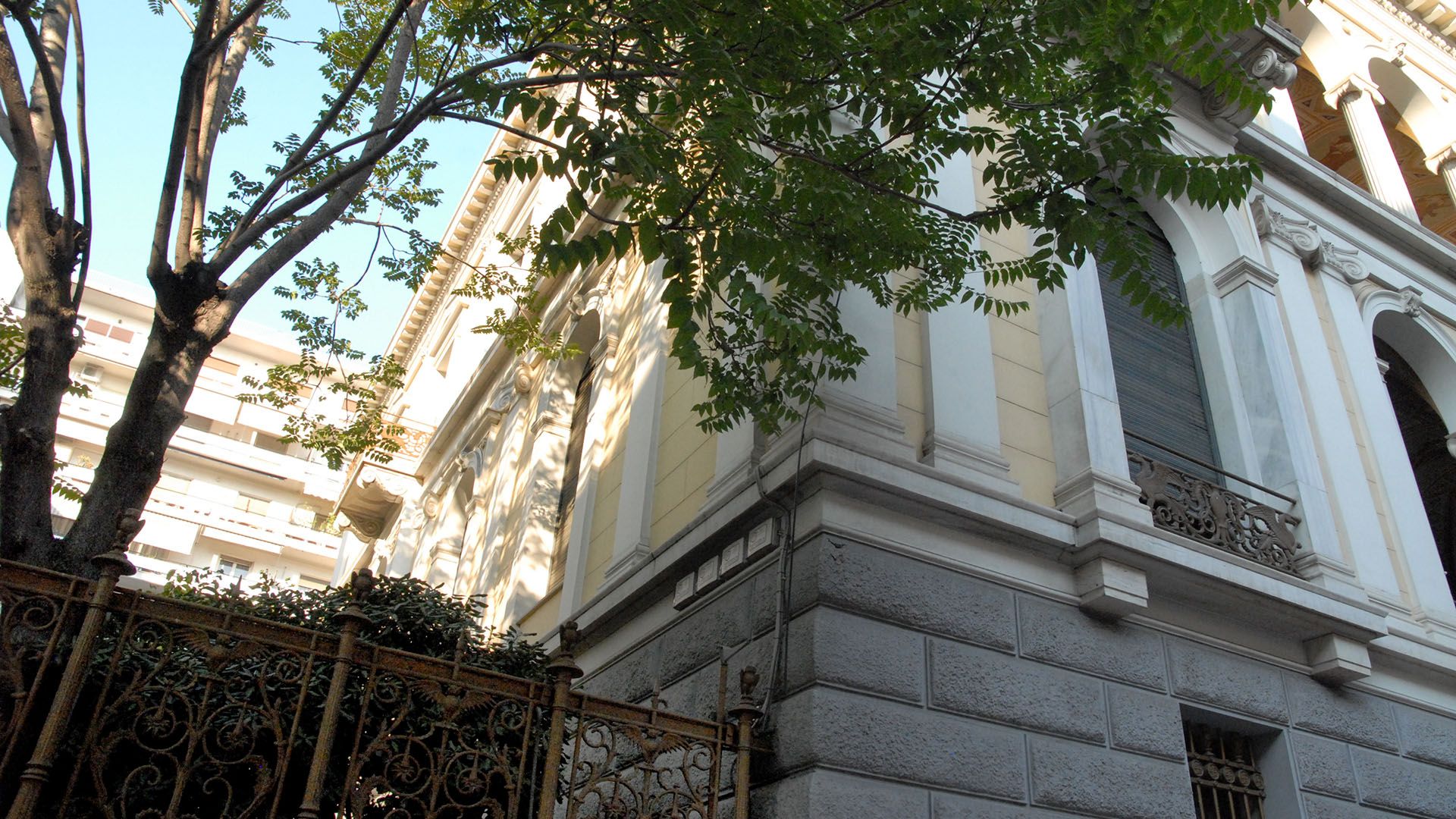Holy Church of Panagia Gorgoepikoos (Saint Eleftherios or Small Metropolis)
Holy Church of Panagia Gorgoepikoos (Saint Eleftherios or Small Metropolis)
In the heart of the historical centre of Athens, right next to the metropolitan church, at Metropolis square, is the elegant, small church of Panagia Gorgoepikoos (she who is quick to hear), known as the church of Agios Eleftherios (St. Eleftherios) or the Mikri Metropoli (small cathedral). It is built over an ancient temple dedicated to the goddess Eileithyia, who during antiquity was the protector of pregnant women, like Agios Eleftherios in Christianity. It dates from the end of the 12th century and its construction mimics elements from the ancient sanctuary, while abundant ancient construction material has been used to its walls. These elements relate the monument to the scholar and Metropolitan of Athens Michael Acominatus Choniates (1180-1204), who had excellent Classical education. It is possible that the church was initially the catholicon of a small monastery, which in the middle of the 17th century it became the metochi of the Monastery of Kaisariani.
During the period of the Turkish occupation (1456-1833), it was part of the metropolitan mansion of Athens and was used as the chapel of the metropolitan. In 1834 it was used for the storage of antiquities and sometime later, in 1839, its initial columns, which were destroyed by a fire, were replaced with built pillars and the bell tower that was located on the western side was demolished. In 1841 it was converted into a public library and in the period 1862-1863 they carried out new alterations, during which unfortunately they removed the Middle Byzantine wall paintings from its interior. Architecturally, the church belongs to the type of the semi-complex, cross-in-square church with a dome. On the east there is an arch, with three sides on the exterior, and a tripartite narthex on the west. The dome follows the well-known type of the octagonal “Athenian”, with marble columns on the corners and lobed windows; however, it is not built according to the cloisonné system of masonry, but also with rectangular marbles of the same height.
Of particular interest is its masonry. The wall “step” on a podium on three sides, with the exception of the eastern side, and are constructed with marble undecorated courses. Approximately from the middle upwards they are cladded with around ninety ancient and byzantine reliefs. The ancient sculptures have been brought closer to Christianity with carves crosses and some of them have been placed in such a way so to resemble the frieze of an ancient temple. Among them more impressive are the sculptures over the southern entrance of the church with the symbols of the worship of Demeter in Elefsis, which may come from the propylon of the Elefsinio in Athens. Furthermore, important are the sculptures that create a frieze on the western side and have representations of an ancient calendar. The Christian sculptures with representations of animals facing or devouring each other, resembling the art of the east, come possible from Byzantine secular buildings.





